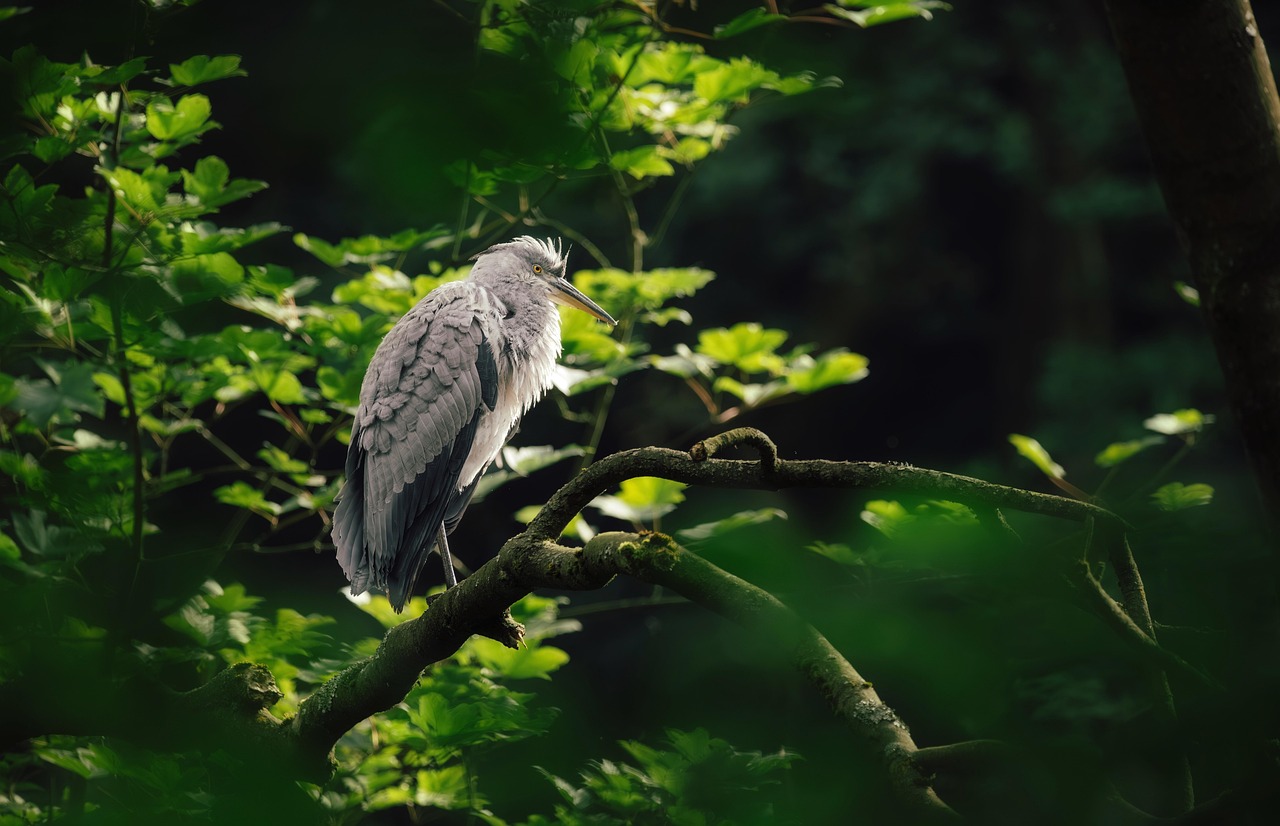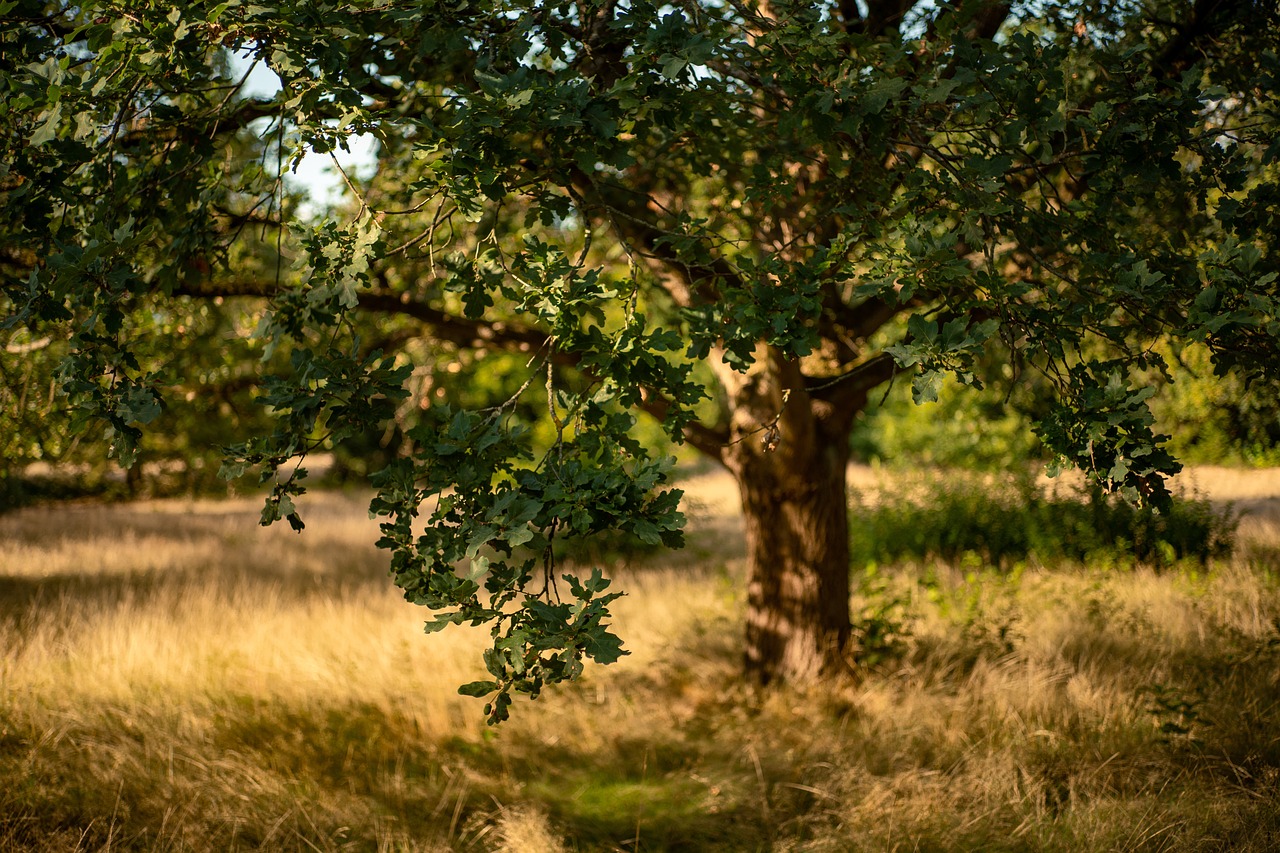In the world of landscaping, small trees often hold immense potential. These compact beauties can transform a garden or yard, providing shade, structure, and beauty without overwhelming the space. Whether you have a cozy backyard, a small front garden, or even a balcony, choosing the right small tree can make a significant impact on your outdoor environment.
Small trees, typically defined as those that grow to a height of 15 to 30 feet, offer various benefits. They can enhance curb appeal, create privacy, and improve air quality. Their manageable size allows for creative landscaping options, and they often require less maintenance than their larger counterparts. With the right selection, you can enjoy the beauty of trees without the commitment of extensive space.

Landscaping with small trees is not just about aesthetics. It also involves understanding the ecosystem and choosing species that will thrive in your local environment. Factors such as soil type, climate, and sunlight exposure play crucial roles in determining the best tree for your landscape. Moreover, small trees can attract beneficial wildlife, such as birds and pollinators, contributing to a healthy garden ecosystem.
| Benefit | Description |
|---|---|
| Space Efficiency | Small trees fit well in limited spaces, making them ideal for urban settings. |
| Aesthetic Appeal | They add visual interest and beauty to gardens without dominating them. |
| Wildlife Habitat | Small trees can attract birds and beneficial insects. |
| Shade Provider | Even small trees can provide cooling shade for patios and seating areas. |
Choosing the Right Small Trees for Your Landscape
Selecting the perfect small tree for your landscaping project involves careful consideration. Start by assessing your space. Take note of the sunlight conditions, soil quality, and any existing plants. This information will guide you toward the best species for your needs.
Consider the following factors when making your choice:
- Climate: Ensure the tree is suitable for your local climate conditions.
- Soil Type: Different trees thrive in various soil conditions; know what type you have.
- Sunlight Exposure: Some species prefer full sun, while others flourish in partial shade.
- Growth Rate: Determine if you want a fast-growing tree or one that takes its time.
When you narrow down your options based on these factors, think about how you want the tree to function in your landscape. Do you want it to provide shade, serve as a focal point, or enhance privacy? Each of these roles can influence your final decision.
Moreover, consider seasonal interest. Some small trees offer beautiful flowers in spring, vibrant foliage in autumn, or appealing bark textures in winter. Selecting a tree that provides year-round interest can significantly enhance your landscape’s overall appeal.
The right small tree can integrate seamlessly into your landscaping plans while fulfilling various practical roles. By understanding your environment and needs, you can make an informed choice that elevates your outdoor space.
Popular Small Trees for Landscaping
After defining your requirements and understanding the role small trees can play in your landscape, it’s time to explore some popular choices. Selecting the right species can significantly enhance your outdoor space, so let’s delve into a few small trees that are well-suited for various landscaping needs.
1. Japanese Maple (Acer palmatum)
The Japanese Maple is a stunning choice known for its delicate leaves and vibrant colors. It typically reaches heights of 10 to 15 feet, making it perfect for smaller yards. This tree thrives in partial shade and offers beautiful foliage that changes with the seasons.
- Features: Ornamental foliage in shades of red, purple, or green.
- Growth Habit: Graceful, often with a rounded shape.
- Soil Preferences: Prefers well-drained, slightly acidic soil.
2. Flowering Dogwood (Cornus florida)
The Flowering Dogwood is another excellent choice, renowned for its stunning springtime blooms. Growing to about 15 to 30 feet, it provides seasonal interest with beautiful white or pink flowers, followed by red berries that attract wildlife.
- Features: Showy flowers and attractive bark.
- Wildlife Benefits: Berries are a food source for birds.
- Light Requirements: Prefers partial shade to full sun.
3. Eastern Redbud (Cercis canadensis)
The Eastern Redbud is celebrated for its striking pink flowers that bloom in early spring. This tree typically grows to a height of 20 to 30 feet and has a unique heart-shaped leaf structure. It is particularly valued for its ability to thrive in various soil types.
- Features: Beautiful spring blossoms and heart-shaped leaves.
- Soil Preferences: Adaptable to a range of soil conditions.
- Growth Habit: Often has a wide, spreading crown.
4. Crape Myrtle (Lagerstroemia indica)
Crape Myrtle is a popular choice for its long-lasting summer flowers and vibrant fall foliage. Depending on the variety, it can reach heights of 10 to 25 feet. This tree is known for its drought resistance and adaptability to various soil types.
- Features: Colorful blooms ranging from white to deep red.
- Growth Habit: Multi-stemmed shrub or small tree form.
- Light Requirements: Thrives in full sun.
Caring for Small Trees

<pProper care is essential for ensuring the health and longevity of your small trees. While many small trees are relatively low-maintenance, they still require attention, especially during their early years after planting. Here are some key care tips:
- Watering: Young trees need consistent moisture. Water deeply once or twice a week during dry spells.
- Mulching: Apply mulch around the base to retain moisture and suppress weeds.
- Pruning: Regular pruning helps maintain shape and remove any dead or diseased branches.
- Pest Management: Monitor for pests and diseases, treating promptly if detected.
This ongoing care will help your small trees thrive and contribute to the overall beauty of your landscape. With proper attention, these beautiful additions will flourish and provide enjoyment for years to come.

Designing with Small Trees

Integrating small trees into your landscape design requires thoughtful planning. These trees can serve various purposes, from enhancing aesthetics to providing functional benefits. Understanding how to position and pair small trees with other landscape elements will help you create a cohesive outdoor space.
Creating Layered Landscapes
One effective way to use small trees is by creating a layered effect in your garden. Layering involves strategically placing plants at different heights to add depth and interest. Small trees can act as mid-level features, complementing taller trees and shrubs while providing a backdrop for lower-growing plants.
- Background Layer: Use small trees as a backdrop for shorter flowers and shrubs.
- Focal Points: Select a visually striking small tree to serve as a focal point in your garden.
- Transition Elements: Small trees can help transition between different areas of the landscape, such as moving from the lawn to a flower bed.
Enhancing Privacy and Screening
Small trees are also excellent choices for creating privacy screens or windbreaks. When strategically placed, they can block sightlines, reduce noise, and provide shelter from wind. Here are some effective strategies for using small trees for privacy:
- Cluster Planting: Plant multiple small trees in a group to create a denser screen.
- Staggered Arrangement: Position trees in a staggered formation for improved coverage.
- Mixing Species: Combine different small tree species to create visual interest while maintaining privacy.
Color and Texture in the Landscape
Small trees can significantly contribute color and texture to your landscaping. By selecting trees with unique foliage, flowers, and bark, you can create an engaging visual experience throughout the year. Consider these aspects when choosing small trees:
- Seasonal Colors: Choose trees that offer blooms in spring, colorful foliage in fall, or interesting bark in winter.
- Leaf Shape and Size: Different leaf shapes and sizes can add texture and contrast.
- Bark Characteristics: Trees like the Crape Myrtle have peeling bark that adds visual interest even when the tree is not in bloom.
Environmental Benefits of Small Trees
In addition to their aesthetic appeal, small trees provide numerous environmental benefits that contribute to a healthier ecosystem. Incorporating them into your landscape can positively impact both your property and the surrounding environment.
Air Quality Improvement
Small trees play a crucial role in improving air quality. They absorb carbon dioxide and release oxygen through photosynthesis, contributing to cleaner air. Additionally, they can filter pollutants and dust from the atmosphere, making them valuable assets in urban settings.
Biodiversity Support
Planting small trees can enhance local biodiversity by providing habitats for various wildlife species. Birds, insects, and other creatures benefit from the cover and food sources that small trees offer. Here are some ways small trees support biodiversity:
- Nesting Sites: Many birds use small trees for nesting and shelter.
- Pollen and Nectar Sources: Flowering small trees attract pollinators like bees and butterflies.
- Food Supply: Fruits and seeds produced by small trees provide food for various animals.
By understanding the design possibilities and environmental contributions of small trees, you can make informed decisions that enhance both your landscape and the ecosystem around it.
Maximizing the Impact of Small Trees
To truly maximize the impact of small trees in your landscaping, consider additional factors that can enhance their effectiveness. Beyond simply choosing the right species and caring for them, their placement and interaction with other elements in your outdoor space can create a harmonious and functional environment.
Complementing Other Landscape Elements
Small trees can work wonders when paired with other landscape features. By integrating them with flowers, shrubs, and hardscaping, you create a cohesive design. Here are some tips for successful integration:
- Color Coordination: Choose small trees that complement the colors of surrounding flowers and plants for a visually appealing arrangement.
- Layering Heights: Combine small trees with taller plants and ground covers to create visual interest and depth.
- Functional Design: Use small trees to provide shade over seating areas or pathways, enhancing the usability of your outdoor space.
Seasonal Planting Strategies
Another aspect to consider is seasonal planting. Understanding how small trees interact with your garden throughout the year allows you to plan effectively. For example:
- Spring Blooms: Incorporate small trees that flower in early spring to kickstart the growing season and draw attention after winter.
- Summer Shade: Select trees that provide ample shade during the hotter months, making outdoor spaces more comfortable.
- Autumn Colors: Choose varieties known for vibrant fall foliage, ensuring your landscape remains attractive as the seasons change.
Potential Challenges and Solutions
While small trees are generally easier to manage than larger species, they do come with their challenges. Being aware of these potential issues can help you mitigate them effectively.
Pest and Disease Management
Just like any other plant, small trees can be susceptible to pests and diseases. Regular monitoring is essential to catch any problems early. Here are some strategies for managing these challenges:
- Regular Inspections: Check your trees regularly for signs of pests or disease, such as discolored leaves or unusual growth patterns.
- Organic Treatments: Consider using organic pesticides or treatments that won’t harm beneficial insects while controlling harmful pests.
- Consulting Experts: If issues arise, don’t hesitate to consult local arborists or extension services for advice tailored to your specific region.
Final Thoughts
The inclusion of small trees in your landscaping design offers numerous benefits, from aesthetic appeal to environmental contributions. By understanding their characteristics and care requirements, you can select the right species that suit your needs and local conditions. Integrating these trees thoughtfully into your landscape enhances not only its beauty but also its functionality and ecological health.
As you embark on this journey of landscaping, remember the importance of planning and maintaining your small trees. They can serve as focal points, enhance privacy, support local wildlife, and improve air quality. With careful selection and ongoing care, small trees can make a significant impact on your outdoor space.
In conclusion, small trees are more than just decorative elements; they are vital components of a balanced ecosystem that enhances our living environments. By thoughtfully incorporating them into your landscape, you create a space that is not only visually appealing but also sustainable and beneficial for years to come.
